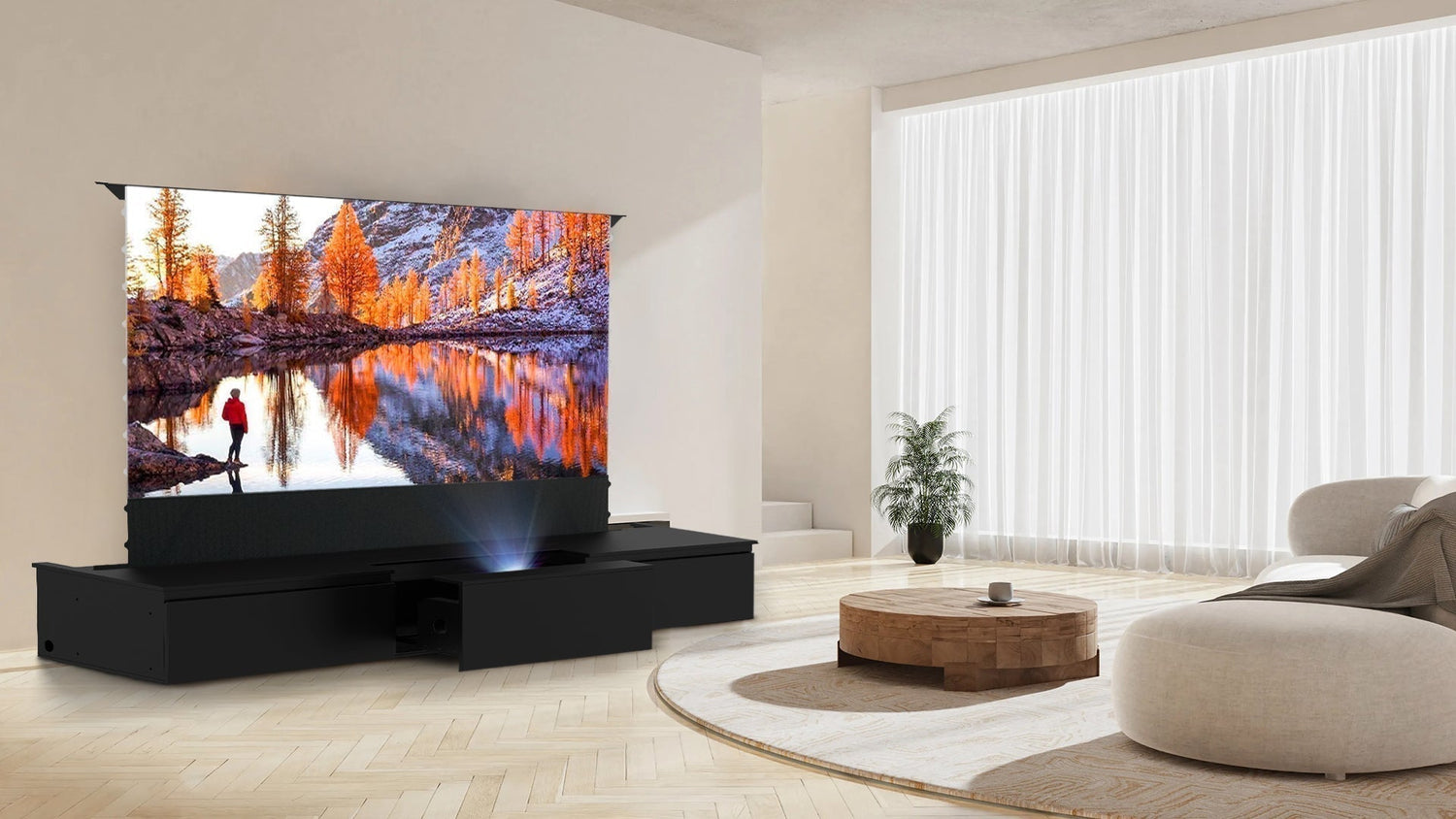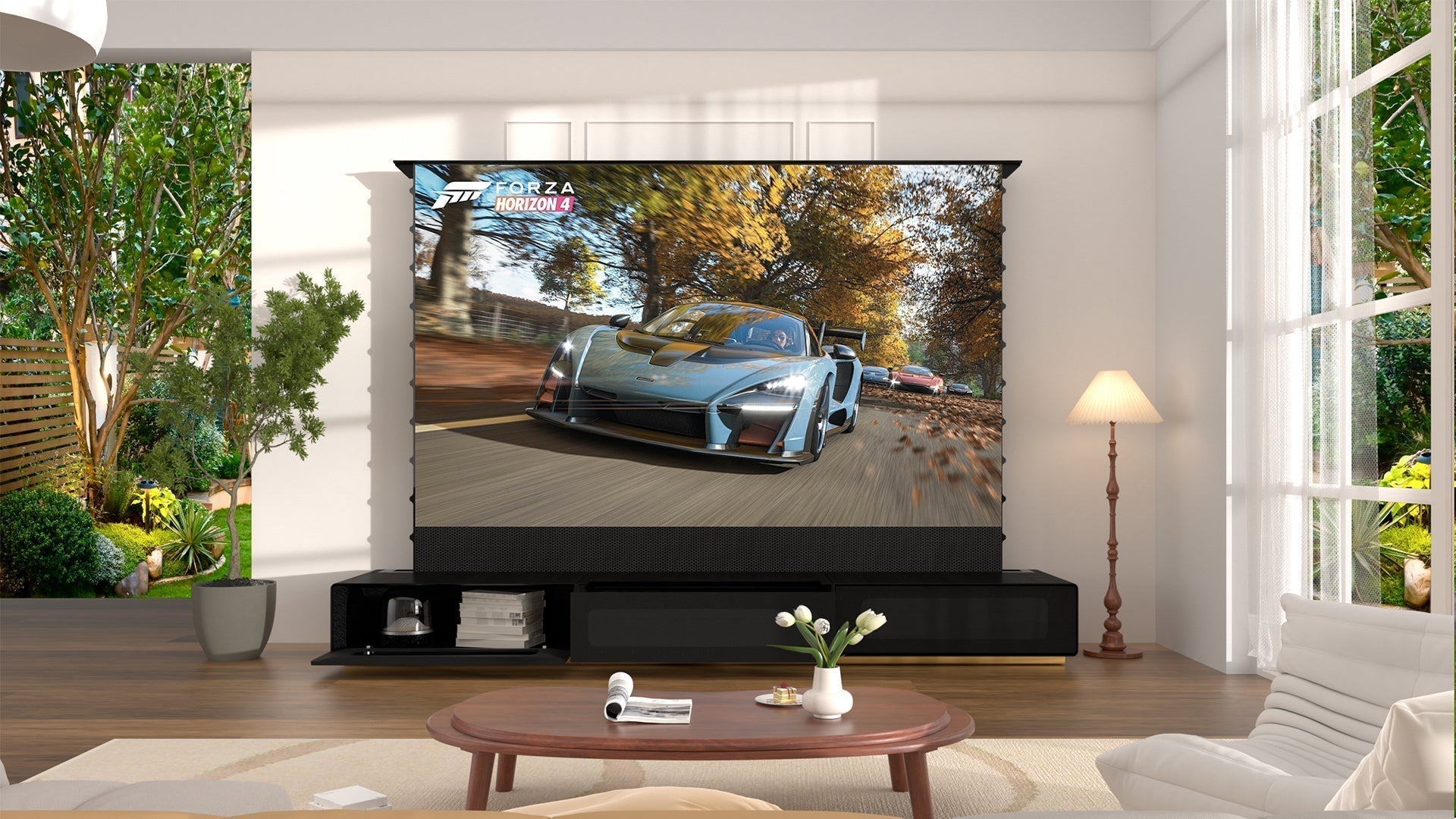Investing in sofas, beds, wardrobes, and dining sets requires strategic planning. These pieces impact daily comfort, interior functionality, and represent long-term commitments. For B2B buyers managing bulk procurement, here’s a guide to selecting high-quality, durable furniture that balances practicality with aesthetics.
1. Lifespans of Common Large Furniture
Plan replacements and budgets with industry-average durability:
| Furniture Type | Average Lifespan | Material Impact |
|---|---|---|
| Sofas & Sectionals | 7–15 years | Leather > Fabric |
| Beds & Mattresses | 8–12 years | Hybrid/Memory Foam > Spring |
| Dining Tables & Chairs | 10–20 years | Solid Wood > Engineered |
| Wardrobes & Cabinets | 15–25 years | Solid Wood > Particleboard |
| Entertainment Units | 5–10 years | Trends affect longevity |
B2B Focus: Prioritize sofas, beds, and storage solutions—high-use items with extended replacement cycles.
2. Material Selection: Durability Meets Design
Core Materials & Best Uses
-
Solid Wood (Oak, Walnut, Teak):
- Best for: Dining tables, beds, cabinets
- Pros: Maximum durability, timeless appeal
- Cons: Higher cost

-
Engineered Wood (MDF, Plywood):
- Best for: Shelving, TV stands
- Pros: Budget-friendly, versatile finishes
- Cons: Vulnerable to moisture

-
Metal (Steel, Aluminum):
- Best for: Bed frames, outdoor furniture
- Pros: Sturdy, modern aesthetic
- Cons: Less warm; may require padding

-
Upholstery (Leather/Fabric):
- Leather: 15+ years, easy to clean
- Fabric: Customizable, cozy feel

B2B Strategy: Mix premium solid wood and cost-effective engineered wood to serve diverse markets.
3. Craftsmanship: The Hidden Value
Quality construction reduces returns and ensures longevity:
- Joinery Techniques: Dovetail joints (for drawers) > Staples/Nails.
- Frame Construction: Kiln-dried hardwood frames resist warping (critical for sofas and beds).
- Finishing: Water-based stains and sealants prevent fading and scratches.
Certifications Matter:
- FSC: Sustainable wood sourcing
- GREENGUARD: Low chemical emissions

4. Child & Pet Safety: Non-Negotiables
Demand for family-friendly designs is rising:
- Sturdy & Tip-Resistant: Secure bookshelves and TV stands to walls.
- Easy-to-Clean Fabrics: Stain-resistant microfiber or performance fabrics for sofas.
- Rounded Edges: Minimize injury risks on coffee tables and bed frames.
- Non-Toxic Finishes: Avoid VOC-heavy paints (especially for nursery furniture).
B2B Opportunity: Highlight pet/child-safe options in catalogs.
5. Flat-Pack vs. Pre-Assembled
| Type | Pros | Cons |
| Flat-Pack | Lower shipping costs | Assembly labor required |
| Pre-Assembled | Ready-to-use; fewer complaints | Higher shipping fees |
B2B Solution: Offer both options with crystal-clear assembly guides.
Conclusion: Invest in Long-Term Value
Whether sourcing living room sets, bedroom collections, or dining ensembles, prioritize:
- Material integrity (solid wood > engineered)
- Craftsmanship (dovetail joints, kiln-dried frames)
- Safety certifications (FSC, GREENGUARD)
- User convenience (child/pet-friendly features)



